Microplastics found in every human placenta tested in study – the Guardian
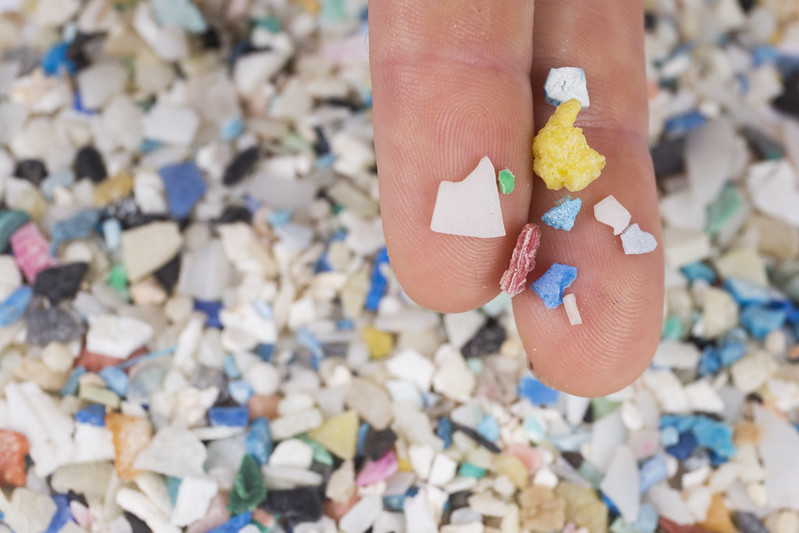
Scientists express concern over health impacts, with another study finding particles in arteries…The scientists analysed 62 placental tissue samples and found the most common plastic detected was polyethylene, which is used to make plastic bags and bottles. A second study revealed microplastics in all 17 human arteries tested and suggested the particles may be linked to clogging of the blood vessels…
How Terrestrial Turds Lead to Marine Maladies – Hakai Magazine
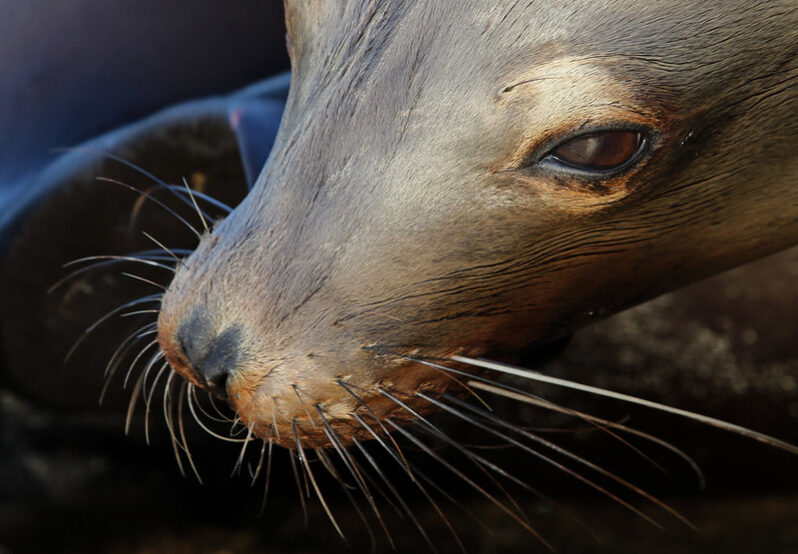
Diseases from land animals are killing marine mammals at an alarming rate. Can we stem the flow of feces?
Oh Good, Hurricanes Are Now Made of Microplastics – Wired Magazine
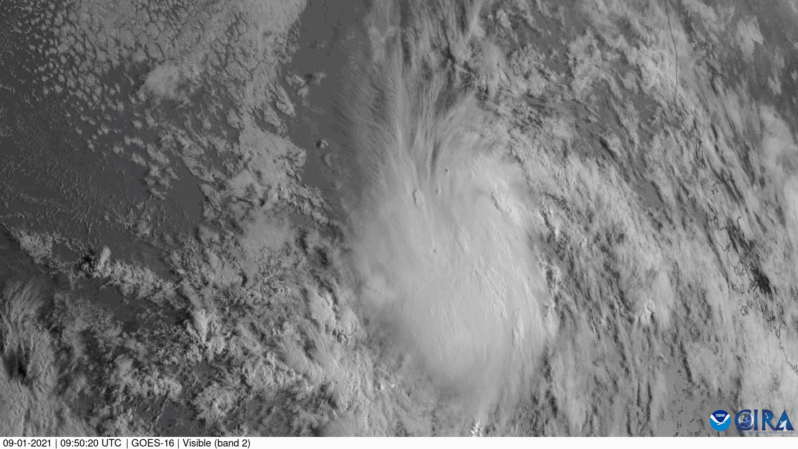
When Hurricane Larry made landfall two years ago, it dropped over 100,000 microplastics per square meter of land per day. It’s another ominous sign of how plasticized the environment has become…
Here’s what you’re really swallowing when you drink bottled water – the Washington Post
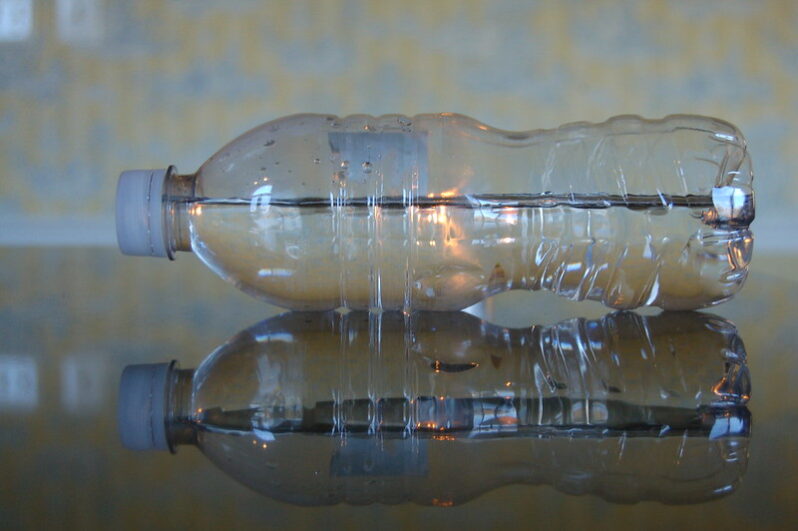
People are swallowing hundreds of thousands of microscopic pieces of plastic each time they drink a liter of bottled water, scientists have shown — a revelation that could have profound implications for human health…
Plastic credits are supposed to support new cleanup projects. Do they? – Grist

Critics say they won’t work, for one of the same reasons carbon credits haven’t…
Microplastic-eating plankton may be worsening crisis in oceans, say scientists – the Guardian
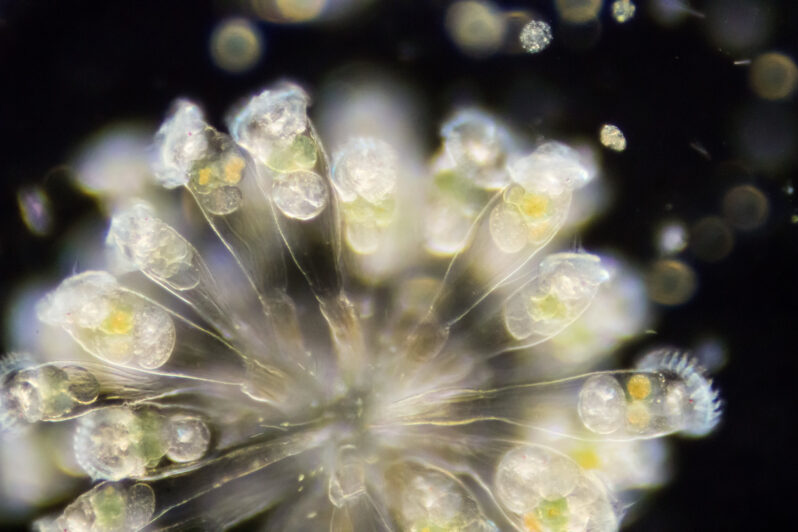
A type of zooplankton found in marine and fresh water can ingest and break down microplastics, scientists have discovered. But rather than providing a solution to the threat plastics pose to aquatic life, the tiny creatures known as rotifers could be accelerating the risk by splitting the particles into thousands of smaller and potentially more dangerous nanoplastics…
One solution to the plastic crisis may lie in bugs’ bellies – the Washington Post
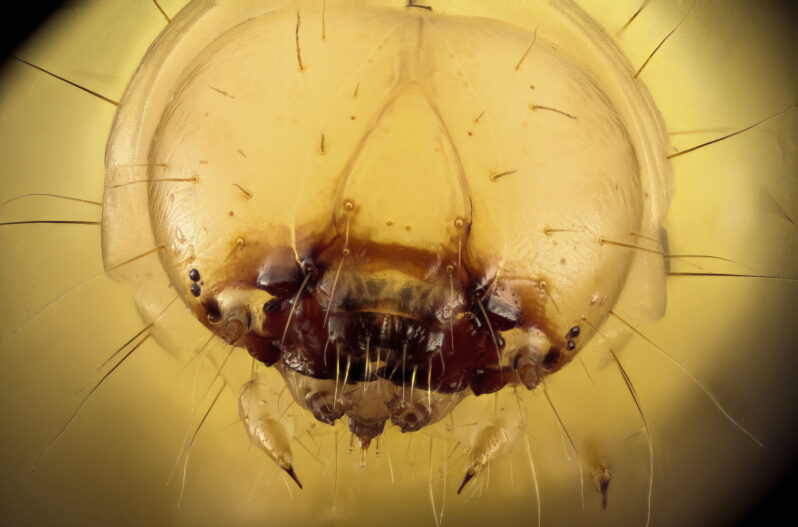
One way to help tackle the growing plastic pollution problem could be all around us: microscopic bacteria and fungi. A growing body of research has identified a host of microorganisms, some of which can be found in the bellies of certain larvae and other insects, that contain enzymes capable of breaking down common types of plastic..
Indonesia Cracks Down on the Scourge of Imported Plastic Waste – Yale Environment 360
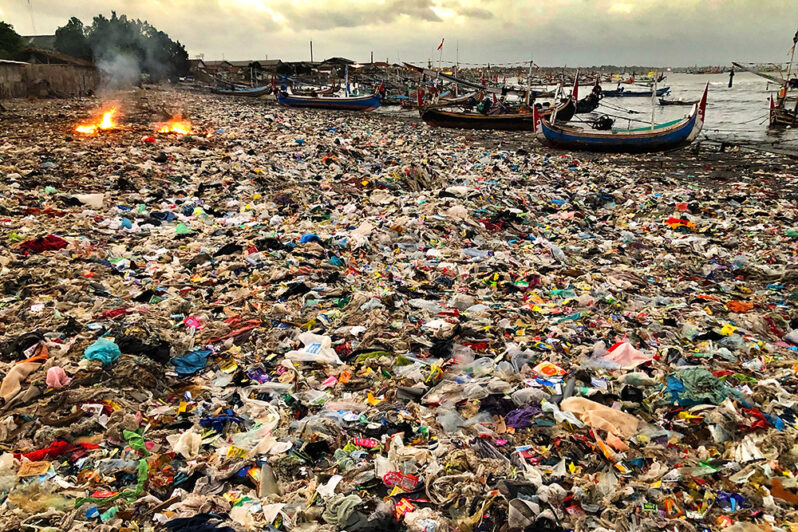
When China banned plastic waste imports in 2018, exporters in wealthy countries targeted other developing nations. Faced with an unending stream of unrecyclable waste, Indonesia has tightened its regulations and has begun to make progress in stemming the plastics flow…
Sponging Up Plastic Pollution – Hakai Magazine

For millennia, humans have used dried natural sponges to clean up, to paint, and as vessels to consume fluids like water or honey; we’ve even used them as contraceptive devices. Whether synthetic or natural, sponges are great at ensnaring tiny particles in their many pores. And as scientists around the world are beginning to show, sponges’ cavity-filled forms mean they could provide a solution to one of our era’s biggest scourges: microplastic pollution….
